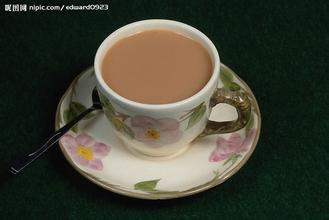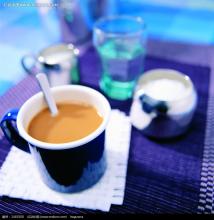Introduction of Indonesian Coffee introduction to Indonesian boutique coffee Java coffee flavor and taste
Sumatra, the second largest island in the Indonesian archipelago, is the center of Indonesia's oil industry, and its rubber and timber are also famous exports. But the coffee in Sumatra is more eye-catching, similar to Java coffee, but with slightly heavier grains. Coffee beans from Mandheling and Ankola have also received a lot of attention, and the former is even known as the world's fullest coffee beans.
The island of Sulawesi, located between Brneo and New Guinea, is sometimes called Celebes. The coffee produced on the island is full of grains and rich in flavor. The best coffee beans come from Kalossi and Rantepao in the southern part of the island. In many brands, try Celebes Carosi Coffee.
One of the main coffee producers in New Guinea is the Sigri plantation, whose products are the same as the overall style of archipelago coffee, full of particles and well balanced.
On the whole, Indonesian coffee has a strong flavor, mellow taste, slightly syrup flavor and excellent acidity, and its two main export markets are Germany and Japan, which reflects the excellent quality of the coffee. What attracts consumers is the unique quality of its Arabica coffee beans. You can add milk or cream to high-quality Indonesian coffee without worrying about affecting its taste. Indonesian coffee is divided into six grades, the best of which is AP. But no one is sure what these two capital letters stand for.
When ships replaced sailboats, the coffee produced in these islands faced the same problem as Indian coffee from Mysore-that is, consumers were used to coffee affected by long-distance travel, so they were reluctant to accept the taste of this "fresh" coffee. In order to solve this problem, the Indonesian government tried to copy coffee affected by long-distance travel. They stored the coffee beans for as long as a year. However, what is not satisfactory is that the taste of this wet-treated coffee is not so widely accepted that it affects the good reputation of its coffee.
However, Indonesia's "store" or "journey" coffee is still produced today. It is generally sold under the brands of "Old Government", "Old Brown" and "Old Java".
Although Indonesia produces so much admirable coffee, it is puzzling that local residents prefer Turkish coffee to its famous European coffee.

Important Notice :
前街咖啡 FrontStreet Coffee has moved to new addredd:
FrontStreet Coffee Address: 315,Donghua East Road,GuangZhou
Tel:020 38364473
- Prev

Costa Rican Coffee Flavor introduction to Costa Rican Coffee producing area Manor
Although Costa Rica has won the recognition of coffee gluttons through honey-treated coffee beans, it is also closely related to Costa Rica's superior geographical and climatic conditions, and the selection of Arabica varieties of coffee. Costa Rica's high-quality coffee beans are called SHB, and the quality of hard beans (HB) and slightly hard beans (SH) decline in turn, and then at the same time
- Next

Delicious Guatemala Coffee Flavor Taste Introduction Guatemala Antigua Coffee Bean Region
Guatemala Antigua coffee is not only smooth and hard, but also of good quality. It is a perfect combination of acid and sweet. Together with a trace of smoke, it emphasizes its deep depression and mystery. Guatemala is located in the middle of North and South America, and its geographical position occupies an important position in Central America. Guatemala covers an area of approximately 108899 square kilometers. Land features can be divided into: plateau volcanoes,
Related
- Detailed explanation of Jadeite planting Land in Panamanian Jadeite Manor introduction to the grading system of Jadeite competitive bidding, Red bid, Green bid and Rose Summer
- Story of Coffee planting in Brenka region of Costa Rica Stonehenge Manor anaerobic heavy honey treatment of flavor mouth
- What's on the barrel of Blue Mountain Coffee beans?
- Can American coffee also pull flowers? How to use hot American style to pull out a good-looking pattern?
- Can you make a cold extract with coffee beans? What is the right proportion for cold-extracted coffee formula?
- Indonesian PWN Gold Mandrine Coffee Origin Features Flavor How to Chong? Mandolin coffee is American.
- A brief introduction to the flavor characteristics of Brazilian yellow bourbon coffee beans
- What is the effect of different water quality on the flavor of cold-extracted coffee? What kind of water is best for brewing coffee?
- Why do you think of Rose Summer whenever you mention Panamanian coffee?
- Introduction to the characteristics of authentic blue mountain coffee bean producing areas? What is the CIB Coffee Authority in Jamaica?

